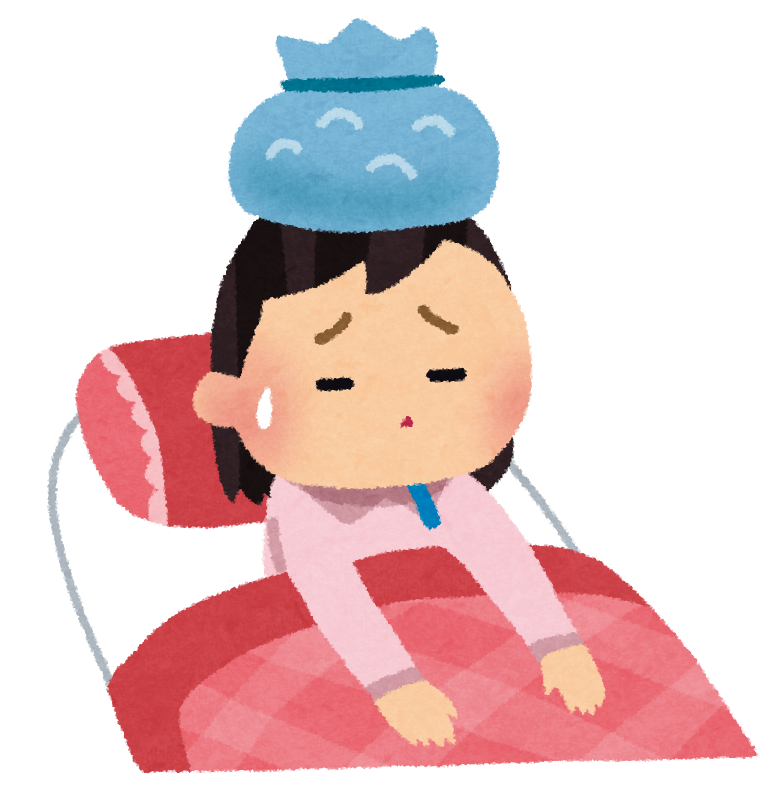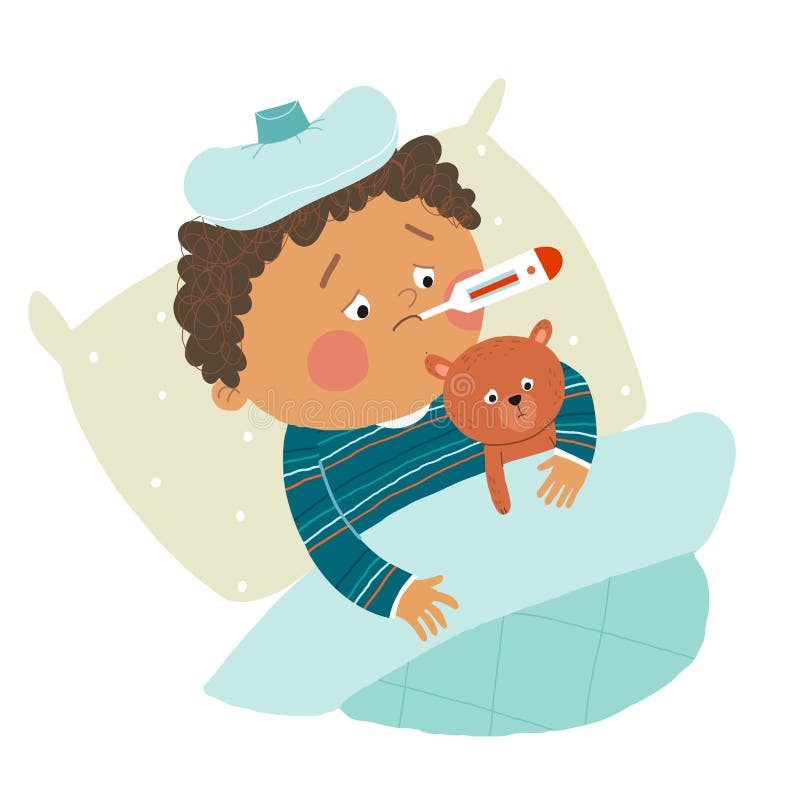Disclaimer: This material is for educational purposes only. You, the reader, assume full responsibility for how you choose to use it. It is not intended to provide medical advice, diagnosis or treatment, nor does it replace the advice or counsel of a doctor or health care professional. Reference to a specific commercial product or service does not imply endorsement or recommendation of that product or service by CPCMG.
What is herpangina?
- A viral infection that usually causes fever and sores in the mouth, usually in the back.
- It is usually caused by the Coxsackie Virus. There are many strains of this virus, so your child can get it more than once.
- It is more common in kids younger than 7 years old, but people of any age can get the infection.
- It tends to be more common in the summer and early fall.
- It is most commonly spread through fecal-oral transmission, this means that your child sheds the virus in their stools and through their oral secretions. Nasal drainage may also contain the virus.
What are the symptoms of herpangina?
- Your child may have a fever (sometimes even reaching up to 105℉).
- Some children will have a seizure during the initial fever. Click here to learn more about febrile seizures.
- Your child may be more fussy, irritable, or tired.
- Your child, if old enough, may complain of a sore throat, headache, and abdominal pain.
- You may see sores that look like blisters in your child’s mouth.
- Your child may vomit.

How do I prevent my child from getting herpangina?
- Wash hands frequently.
- Clean all high touch surfaces regularly including toys and play equipment.
- Avoid sick contacts.
- Avoid sharing any utensils for eating and drinking.
What is the treatment for herpangina?
- You can give Tylenol or Ibuprofen (for 6 months and older) for pain and fever.
- Cool compresses and room temperature baths might help your child feel more comfortable.
- Encourage your child to stay hydrated.
- Offer your child soft foods (if age appropriate).
- Allow your child to rest as needed.

Call your child’s provider if:
- If you think your child needs to be seen.
- You are concerned that your child is not consuming enough fluids.
- Your child has a fever for five days.
- Your child is having trouble breathing.
This publication was adapted from information within American Academy of Pediatrics Patient Education Handouts, UpToDate Guidelines and Healthychildren.org
Reviewed by: TT D.O, AR D.O. | 12/2023


